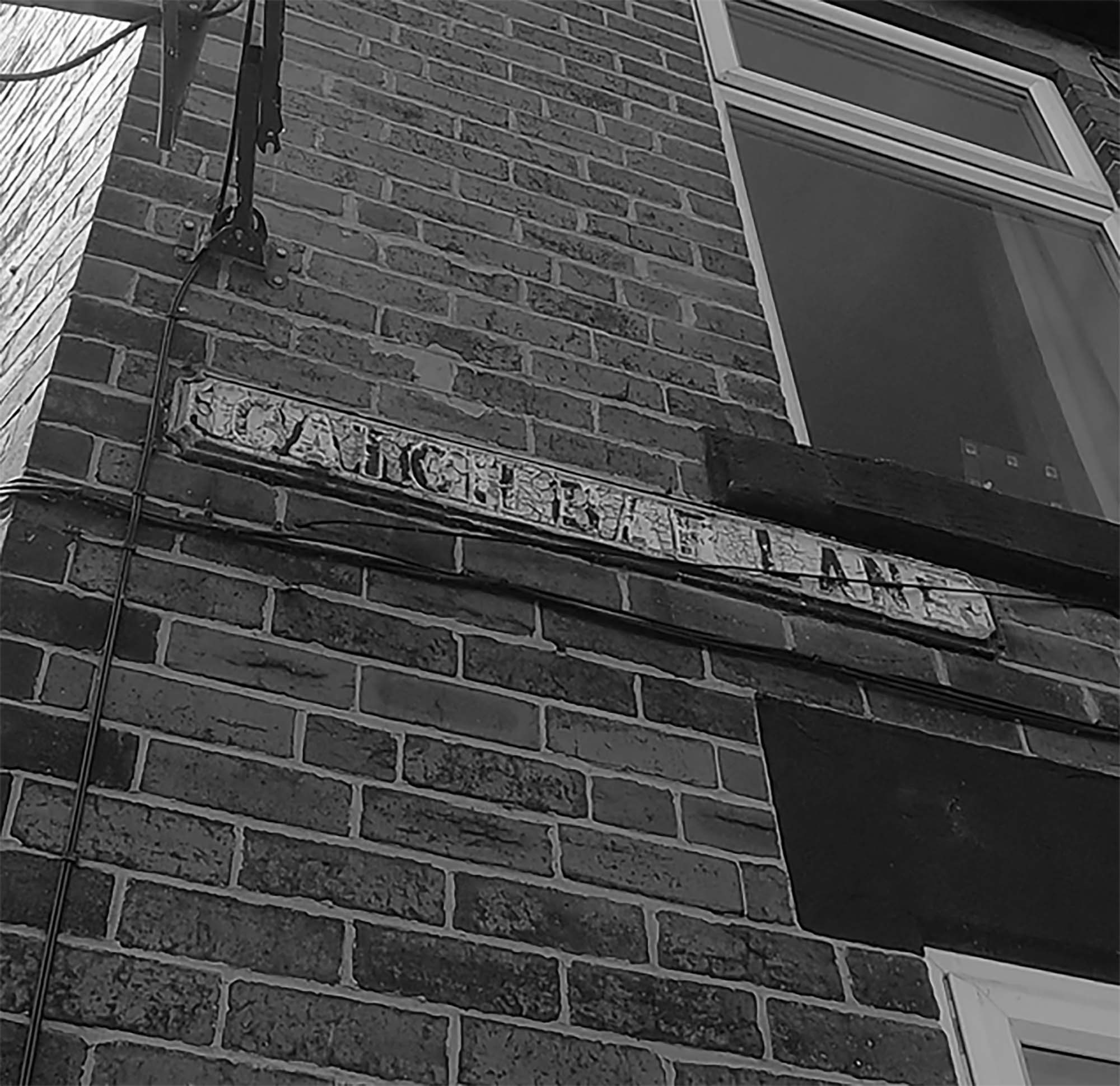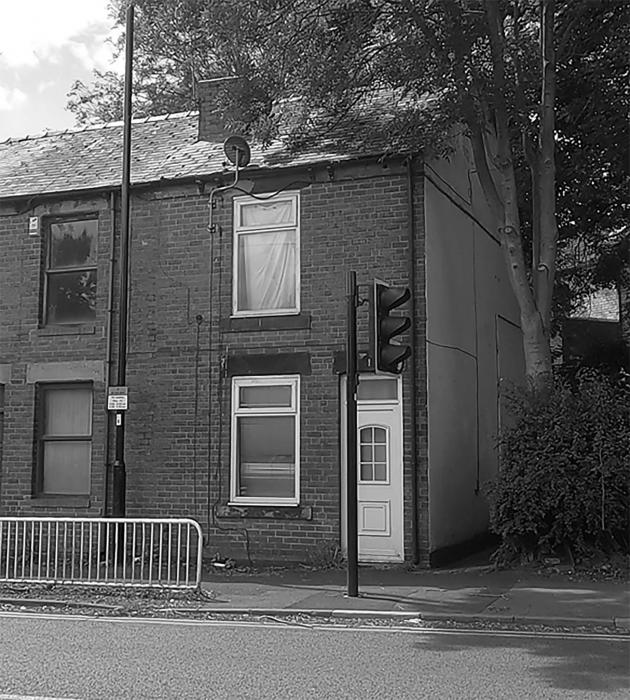

Age: 39
Sex: female
Date: 11 Oct 1928
Place: 39 Catch Bar Lane, Hillsborough
Beatrice Armitage was found dead at the bottom of the cellar steps at her home with a ligature around her neck. Her head had also been battered by blows from a dustpan. Finally she was hit with a pick that burst her heart.
She died on 11 October 1928.
Her husband was tried for her murder but found not guilty.
Beatrice Armitage's husband was a boot repairer and worked in a little lean-to wooden erection about 150 yards from the Malin Bridge tram terminus and could get there from his home in about 15 minutes.
On the morning of 11 October 1928, Beatrice Armitage had got up with little daughter, aged 8, at about 8am. Beatrice Armitage's husband came down a little later and had his breakfast alone.
Their daughter left for school at about 8.30am and kissed her father good morning and was then seen off by Beatrice Armitage at the back door. It was noted that the daughter was a monitress at Hillsborough Council School and had to be there before the first bell which was at 8.40am and that as a matter of fact she was there at 8.35am. The daughter said that when she had left the black lead things had been still in the cupboard. she at first said that when she had left the back door had been wide open but later said that she couldn't remember.

It appeared that after the daughter had gone off to school Beatrice Armitage had got the blackening things out of the cupboard and knelt in front of the fireplace to clean it and that while she was doing that someone had interrupted her from behind, attacking and strangling her. It was thought that it would have taken about 15-20 minutes to have carried out the amount of housework that she had done.
Beatrice Armitage's husband had left for work at some time and was seen at a shop in Holme Lane between 9.00am and 9.10am and that he had then taken a Malin Bridge car which had called at Holme Lane at 9.13am.
Beatrice Armitage's body was found at 1pm in the cellar by a neighbour that had seen a cat behaving in a strange manner at the cellar door and said that she felt impelled to make investigations. She said that when she went in she saw Beatrice Armitage lying there in a pool of blood.
Beatrice Armitage's daughter had come home at 12 noon and gone into the house but could not see her mother and so went to a neighbour’s who went back with her to her house to look around. The neighbour said that it looked like Beatrice Armitage had been in the middle of her household duties saying that the black-leading of the grate had not been completed. The neighbour said that then she had seen the door to the cellar which was latched but that he saw the cat mewing and so unfastened the door and went down.
Blood-bespattered marks were seen in the kitchen where Beatrice Armitage had first been attacked and more bloodstains showed where she had been dragged and then dropped down the cellar steps.
When she was found her sleeves were rolled up and the presence of black lead on her hand indicated that she had been on her knees when she was first attacked. There was a cushion on the floor that was saturated with blood, splashes of blood between the fireplace and the cellar steps and a brush was found with blood and hair on it.
Their house was not far from the Sheffield Wednesday football ground and as such a considerable amount of traffic passed their house during the day. They lived in the end house of a little block of four and had been there for about 8 years.
The police later ascertained that earlier in the morning a man had been seen sheltering from the rain in an entry in Catch Bar Lane at a spot nearly opposite the house. However, the man later came forward and gave a statement to the police accounting for his movements which were later verified by the police who said that they were confident that he had nothing to do with the murder.
A doctor who examined her body around 1.50pm said that it appeared as though she had been dead for about five hours and that she had died about 9am or a little before. He said that the ligature around her neck must have caused almost instant insensibility and collapse. He said that there were many wounds and in court referred to photographs that had been taken of her adding that they were not pleasant to look upon. He said that one of the wounds was terrible in character and that the murderer must have stood by her and dealt her a terrible blow.
Upon inspection there were no signs of a struggle in the living and it was noted that even a little round table that had stood unfirmly had not been upset.
Around her neck a piece of dark material was found fastened very tightly and knotted up under her ear. A coal pick was also found in the cellar with wet blood on its point and the marks of bloodstained fingers on its handle. It was noted that the pick was normally kept in the cellar and that the cellar was so dark that it would have been impossible for anyone who didn't know where it was to have found it without the use of artificial light. As such, it was suggested that the murderer must have been a person who knew where the pick was. The husband said that no one knew where the pick was other than himself, Beatrice Armitage, their child and his father-in-law.
Beatrice Armitage's husband had come home and sat in a neighbours house from 2pm to 6pm. The neighbour said that he had kept looking at his hands and that she had asked him if he had wished to wash them but said that he had replied 'No, I’ll keep the muck on them'. The neighbour also said that when the ambulance came for Beatrice Armitage, her husband didn't seem to interested.
The prosecution said that if the murder had been carried out by anyone that had known the house that it might very well have been done and finished in five minutes.
When examined Beatrice Armitage's husband's clothes showed no signs or trace of blood.
It was also noted that no strangers had been seen by anybody in the neighbourhood of the house.

The court heard that Beatrice Armitage had undergone an operation and had been told by her medical advisor that she was not to have any more children and that that fact had caused some unhappiness in her relationship with her husband and that that unhappiness was exaggerated somewhat by his intemperate habits.
A neighbour who was a greengrocer said that he had known Beatrice Armitage and her husband since 1921. He said that on the day had had come down at about 9.15am and alter gone out at 10.15pm and that he had heard nothing unusual from next door.
He said that the last time that he had been in their house the three of them had discussed the murder of a policeman and that he had taken a great interest in the trial and had written a letter to the police putting forward a theory with a view to obtaining the reward. He also said that he had taken an interest in other murders, one of which was the case of Miss Hargreaves who had been murdered in Attercliffe. The neighbour denied that he had previously been asked to resign from the police force because of suspicion of theft. He also said that he had become a warder of at the South Yorkshire asylum and had subsequently been a patient there for a week after going out to France after which he was removed to another establishment where he was for three weeks before being discharged after it was found that there was nothing the matter with him. however, had said that he had later been certified insane and had spent two years and three months in the Wakefield Asylum after which he had gone to live at Catch Bar Lane.
The man that had gone to Beatrice Armitage's husband's shop at 12.40pm said that he told him that Beatrice Armitage had been badly hurt and that when he had told him Beatrice Armitage's husband had seemed completely taken aback. He said that later when he had spoken to Beatrice Armitage's husband he had told him that his arms and legs had felt like lead and that he had thought that it had seemed to take a week for the car to get to the infirmary.
see www.nationalarchives.gov.uk
see Aberdeen Journal - Thursday 20 December 1928
see Sheffield Independent - Monday 19 November 1928
see Hull Daily Mail - Thursday 20 December 1928
see Larne Times - Saturday 20 October 1928
see National Archives - ASSI 45/88/11
see Unsolved 1928